Myanmar has changed significantly (and for the better) since I first set foot in the country back in 2007. At that time, it was uncommon to see as many Western faces as I encountered on my most recent trip.
Despite the recent opening to tourism and the increased influx of travelers from around the world, it is still challenging to venture off the beaten path in Myanmar.
Restrictions and bans on foreigners entering certain areas of the former Burma remain in place, and the exorbitant prices for visiting other regions deter many low- and mid-budget travelers.
For this reason, we can only highlight the areas of our trip that were part of our original plan, as there was little room for the element of surprise.
To enter Myanmar, a visa is required, costing $50 for a maximum stay of 28 days in the country. The good news is that you can apply for it online. For more details, check out our guide on the Myanmar visa (coming soon).
The main airports for flights to Asia from Europe are Bangkok, Kuala Lumpur, and Hong Kong. From these hubs, you can find affordable flights to almost any corner of Southeast Asia.
A budget-friendly way to reach Myanmar is to fly to Bangkok or Kuala Lumpur first and then book a low-cost flight to Yangon or Mandalay, as we did.
It goes without saying how important it is to travel to Mexico with a good insurance. We were the first ones to offer the famous 5% discount on IATI Insurance, but you also have it available with Heymondo Travel Insurance.
Follow the links bellow to get a discount on their website:
The best time to visit Myanmar, climate-wise, is during the cool and dry season, which runs from November to February. Below is a breakdown of Myanmar’s weather seasons to help you decide the best time for your trip:
During these months, the weather is highly pleasant, with temperatures ranging from 20°C to 30°C. Low humidity makes it comfortable to explore the country, and the minimal rainfall allows for uninterrupted outdoor activities. This is the ideal time to visit temples, hike, and relax on the beaches in the south.
From March to May, temperatures can exceed 35°C, particularly in central and northern regions. Humidity gradually increases but remains tolerable. While rainfall is still minimal, the intense heat can be challenging for some travelers.
During this period, humidity levels are high, with temperatures ranging from 25°C to 30°C. Rainfall is frequent and abundant, particularly in coastal and delta areas, which can complicate travel and outdoor activities. However, the landscapes transform into lush, vibrant greenery, offering a unique appeal for travelers who enjoy experiencing nature in its prime.
A decade ago, getting a data connection in Burma, now known as Myanmar, was extremely difficult. SIM cards cost over a hundred dollars and were hard to obtain. Fortunately, things have changed, and today, getting a SIM card is much easier and, most importantly, much cheaper.
Additionally, you now have the option of a Myanmar eSIM with unlimited data. Below, we explain both options so you can decide which one suits you best.
Certain vaccines are recommended depending on the type of trip and the duration of your stay.
The best approach is to schedule an appointment at an international vaccination center well in advance, as waiting lists can be long. There, specialized doctors can advise you, answer all your questions, and provide tailored recommendations. In addition, they will give you essential information on preparing your first aid kit and preventing diseases with basic precautions.
Knowledge is power—once you have all the necessary information, you’ll be able to make the best decision for your trip.
If there’s one thing no traveler should miss during a trip to ancient Burma, it’s undoubtedly the temples of Bagan. Once the capital of the Pagan Kingdom for 400 years, Bagan boasts a breathtaking landscape that leaves a lasting impression on even the most seasoned globetrotters.
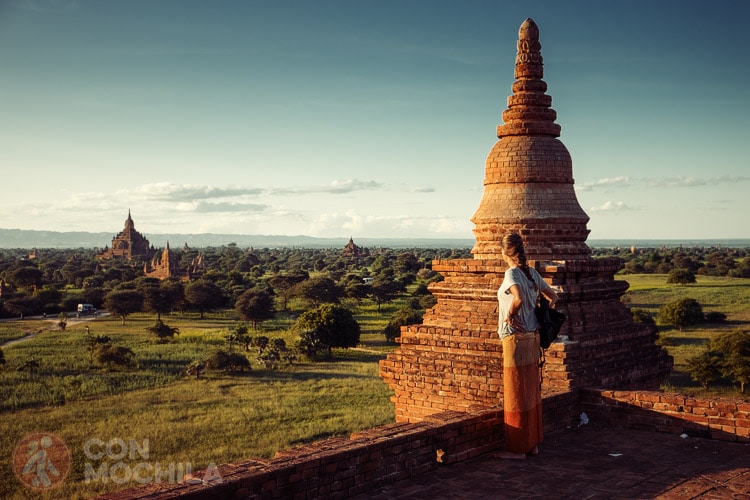
While every tourist is free to craft their own itinerary, it’s hard to imagine a route that doesn’t include this iconic plateau on the banks of the Irrawaddy River, dotted with thousands of awe-inspiring temples.
Yangon, the largest city and former capital of Myanmar, is home to the most colonial-era buildings in Southeast Asia. As a historic trading port, the city has long been a melting pot of ethnicities and religions, making its streets a vibrant blend of tradition, culture, and modernity. Stay tuned for more detailed information about this fascinating city.
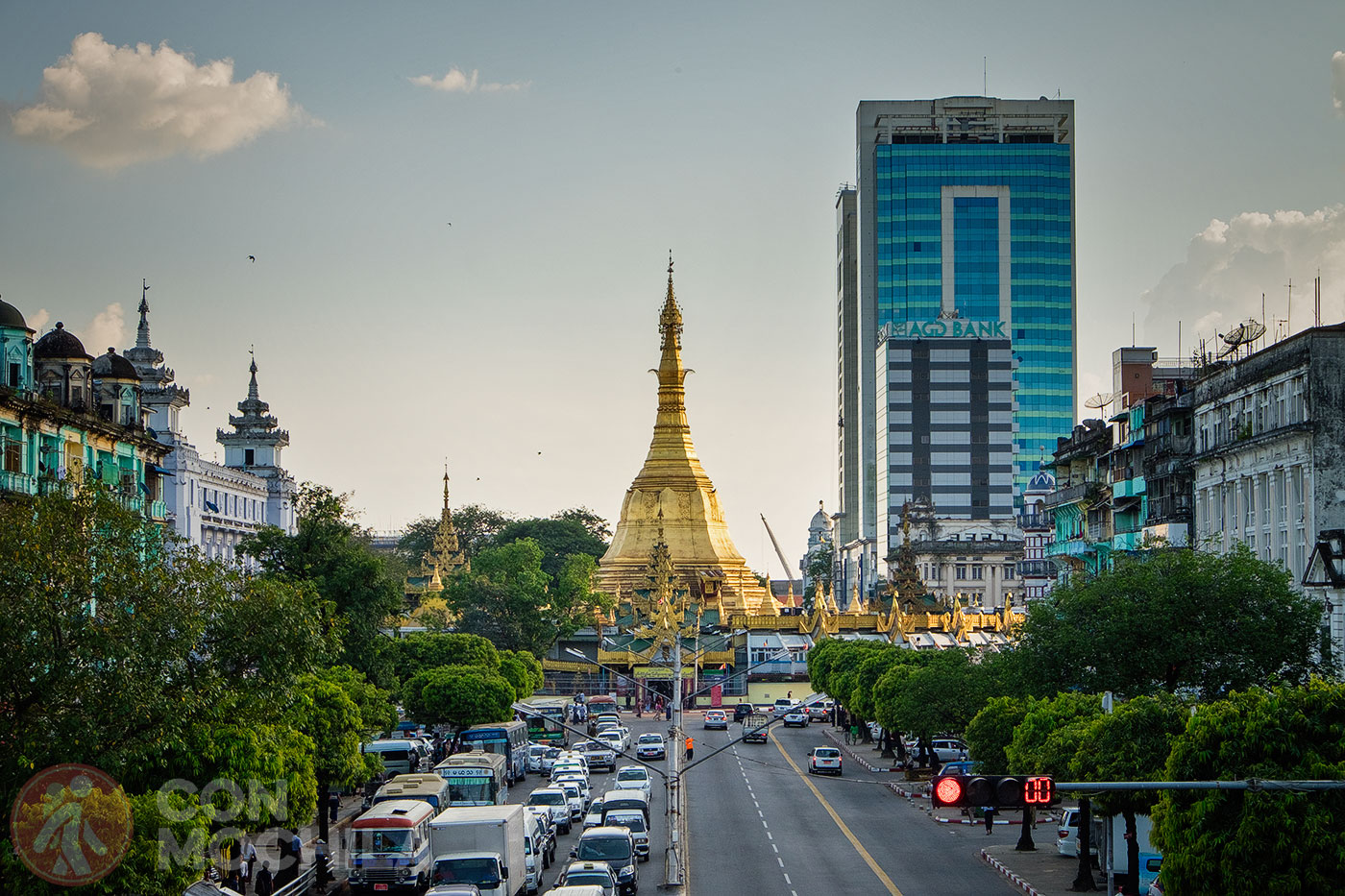
Once the capital of the last independent Burmese kingdom, Mandalay fell to British colonial forces in 1886. The city, with its royal palace as a reminder of its past, invites visitors to explore its temples, monasteries, bustling markets, and mouthwatering street food. Don’t miss the panoramic views from Mandalay Hill, a must-see attraction.
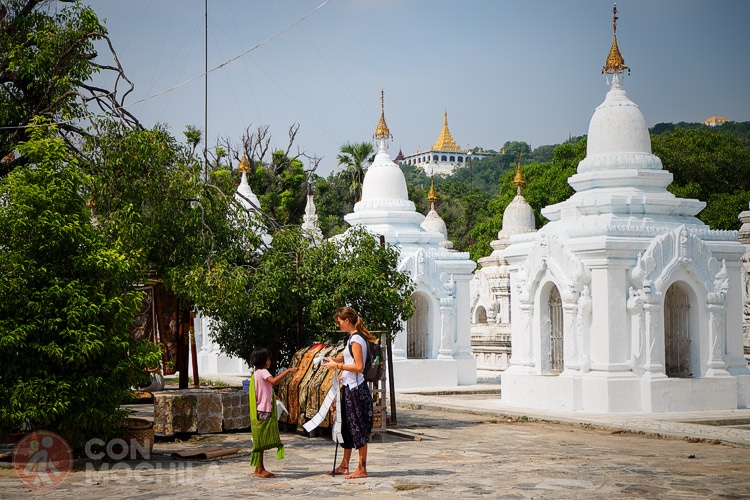
Located 80 km north of Yangon, Bago is a busy city crossed by the highway that connects the north and south of the country, making it noisy and hectic.
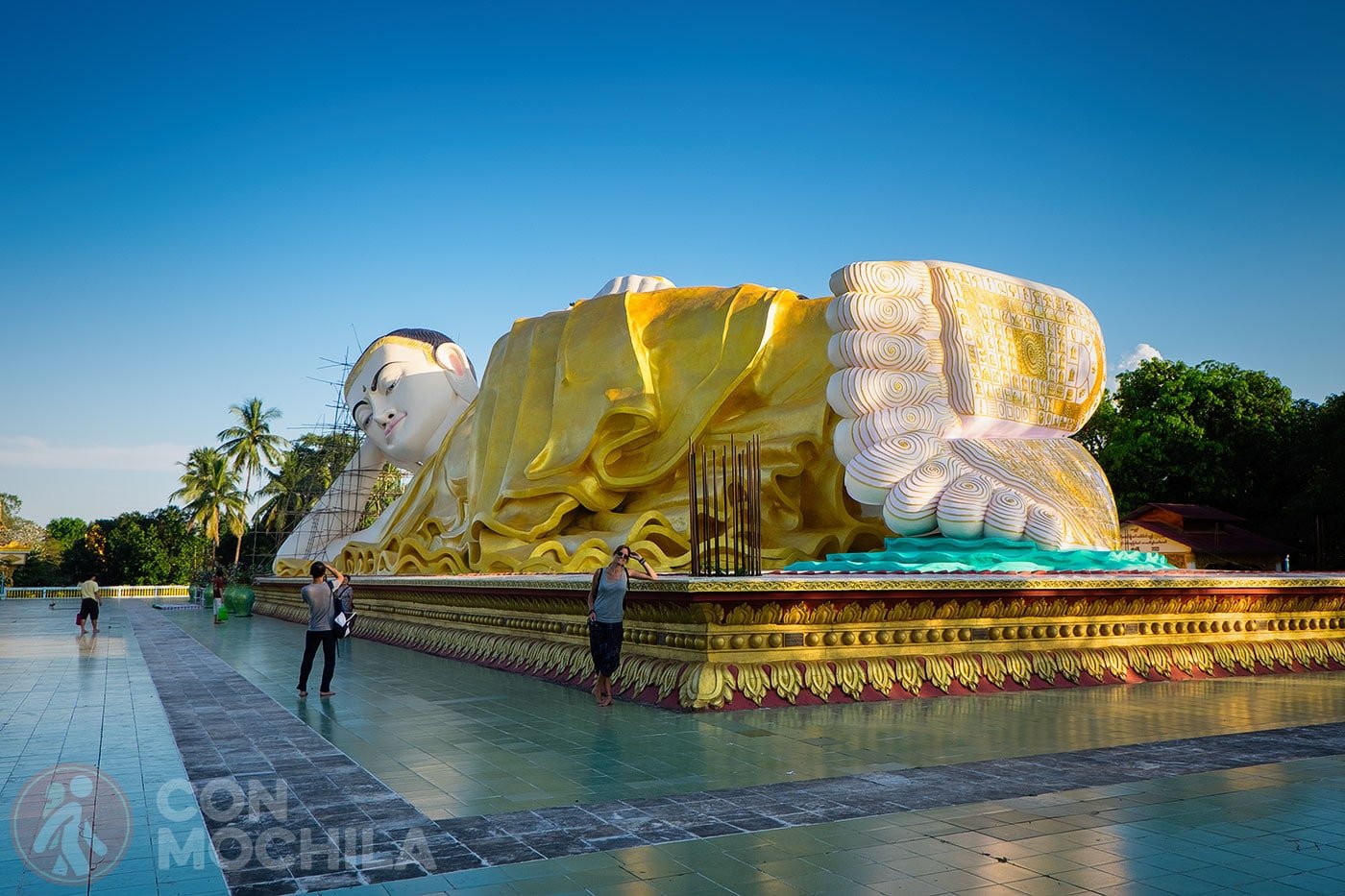
Despite this, Bago’s numerous attractions and impressive viewpoints make it worth a visit. The city has a rich Buddhist heritage, evident in its many monks and pagodas.
Amarapura, the penultimate royal capital of ancient Burma, is situated just 11 km from Mandalay. It’s renowned for housing the U Bein Bridge, the world’s longest teakwood bridge. Built in 1849, the bridge stretches 1.2 km across Lake Taungthaman, supported by over 1,000 teak pillars (some of which have been replaced with concrete blocks due to water erosion).
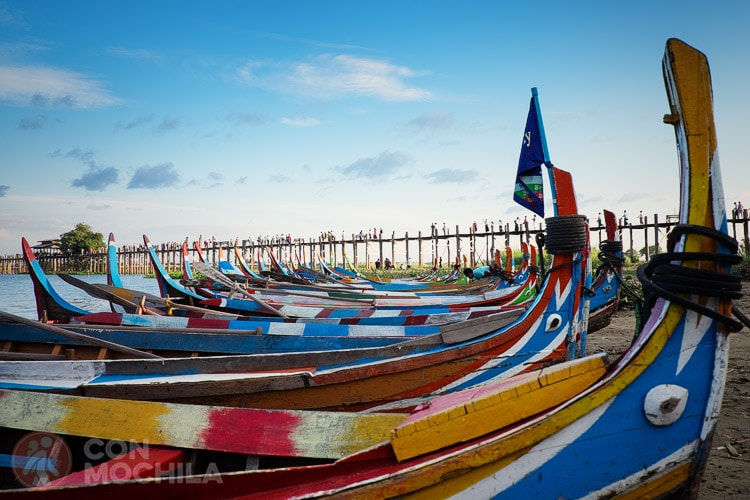
Located 200 kilometers northeast of Mandalay, Hsipaw is a tranquil town in Shan State. Despite its size, Hsipaw exudes calm and simplicity. The town is small enough to explore by bike, and a visit to “Little Bagan” is highly recommended for a glimpse of its charm.
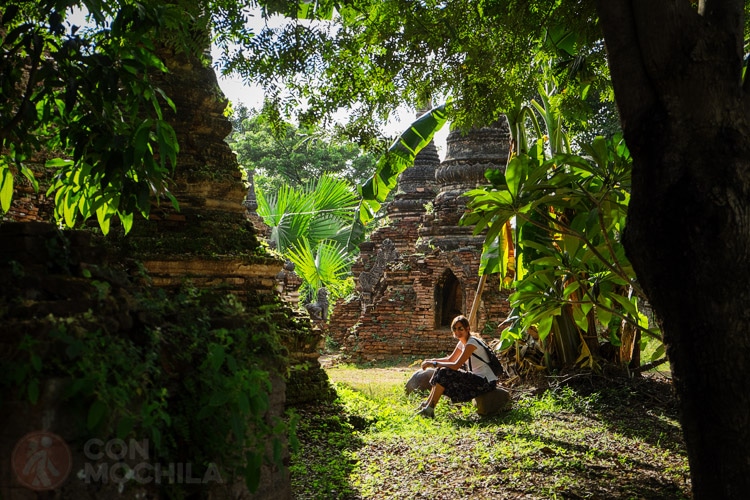
Mawlamyine, the capital of Mon State, was once a major port and served as the administrative capital of British Burma. The city’s landmark, Kyaikthanlan Paya, was built in 875 AD and is believed to be the site where Rudyard Kipling penned his famous poem, The Road to Mandalay.
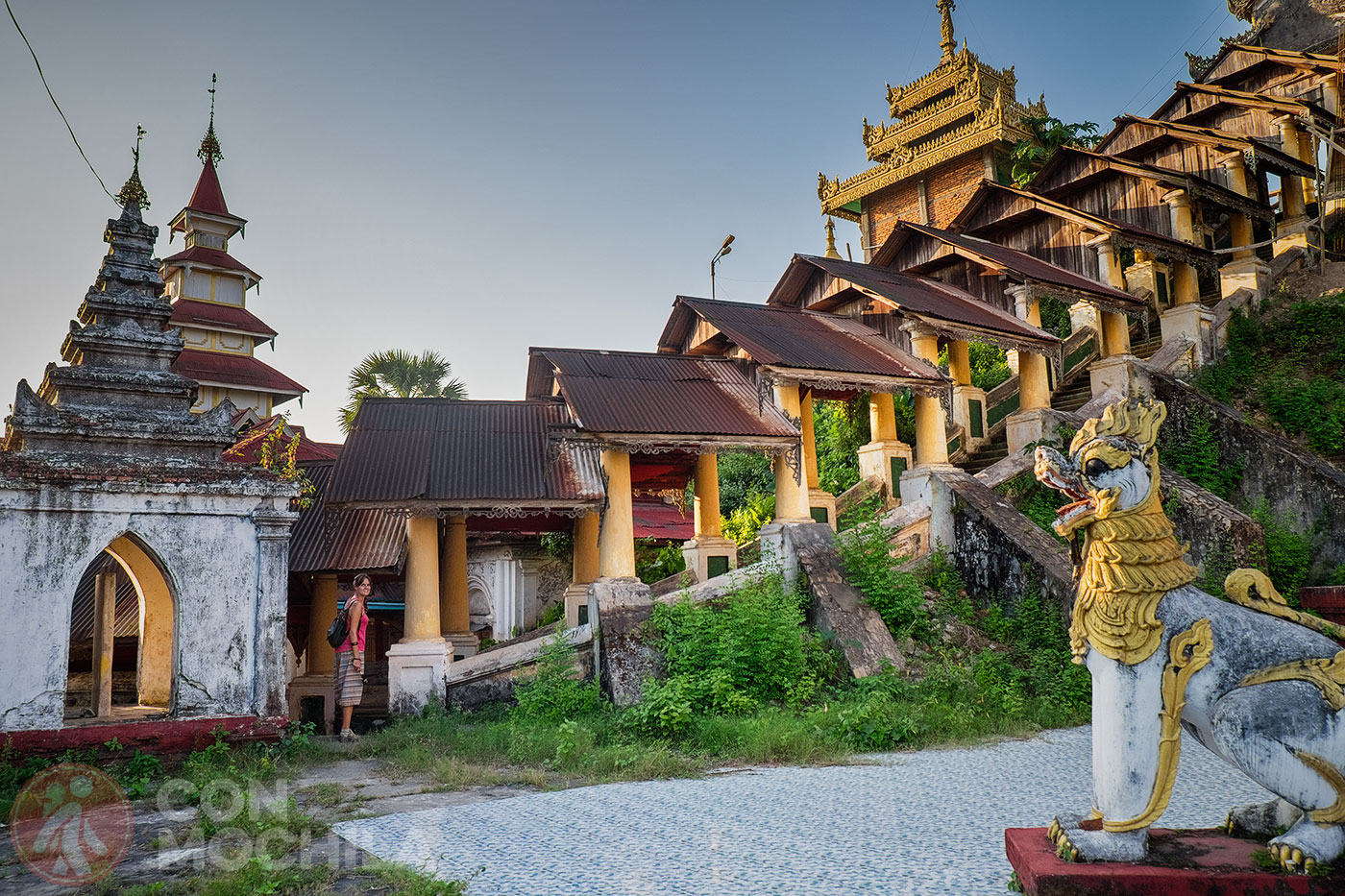
Hpa-An, the capital of Karen State, is a river town celebrated not for its urban attractions but for the sacred caves and stunning landscapes that surround it. It’s the perfect destination to slow down and relax during your journey through Myanmar. We recommend spending 2 to 3 days here. If you have a license and know how to drive, renting a motorbike is an excellent way to explore the area.
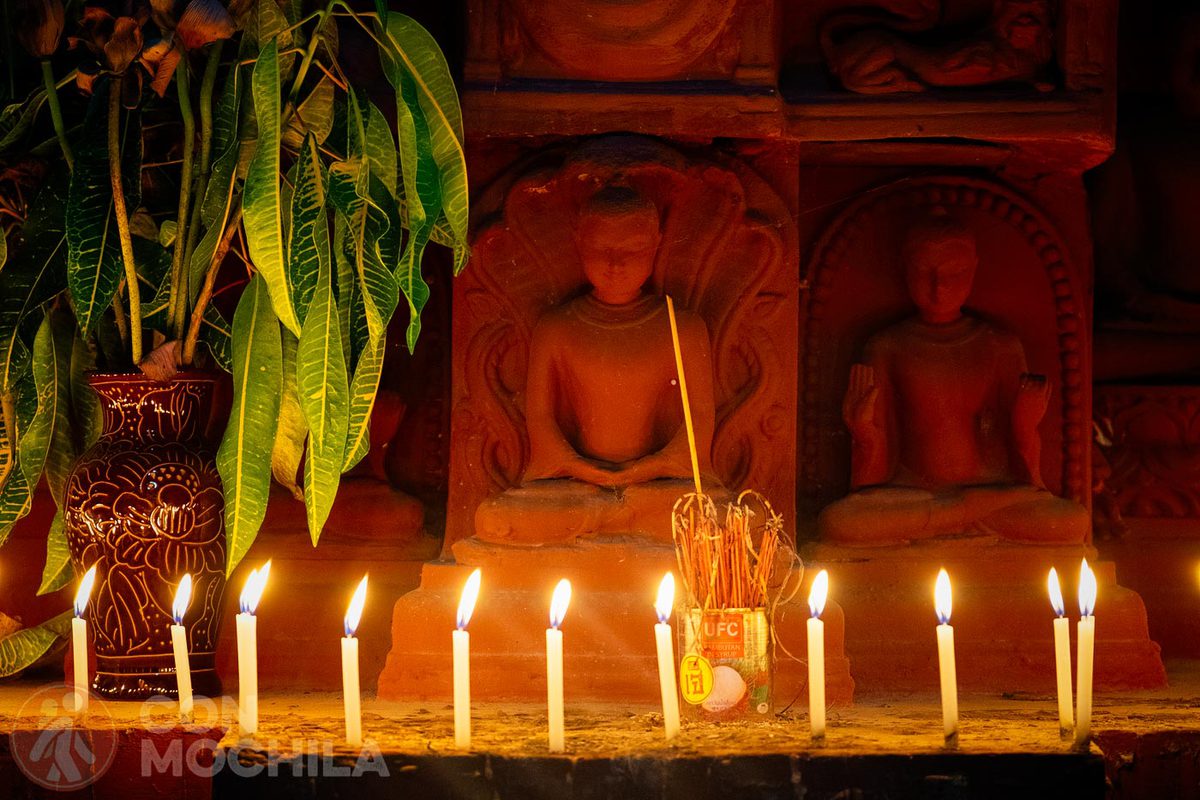
The region’s defining geological feature is its karst formations—peculiar rock shapes carved by the combination of climate and limestone erosion.
With the boom in tourism to Myanmar over the last decade, the trek from Kalaw to Inle Lake (or the one from Hsipaw), long featured in travel guidebooks, has become a highly popular activity.
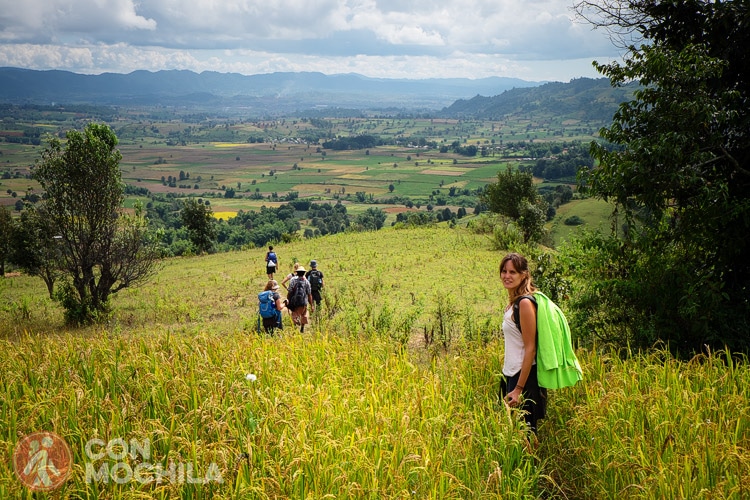
Exploring the ever-changing landscapes and connecting with Shan, Palaung, Pa-O, or Intha communities on one- to multi-day excursions is an experience that nearly every traveler to Myanmar includes in their itinerary.
Located in western Shan State, Inle Lake stretches 22 km in length and 10 km in width, nestled in a valley between two mountain ranges. It is famous for its floating villages and the unique lifestyle of the Intha community. The Intha live in wooden houses built entirely on stilts over the water and are known for their distinctive fishing technique: rowing with one leg while using a conical fishing net.
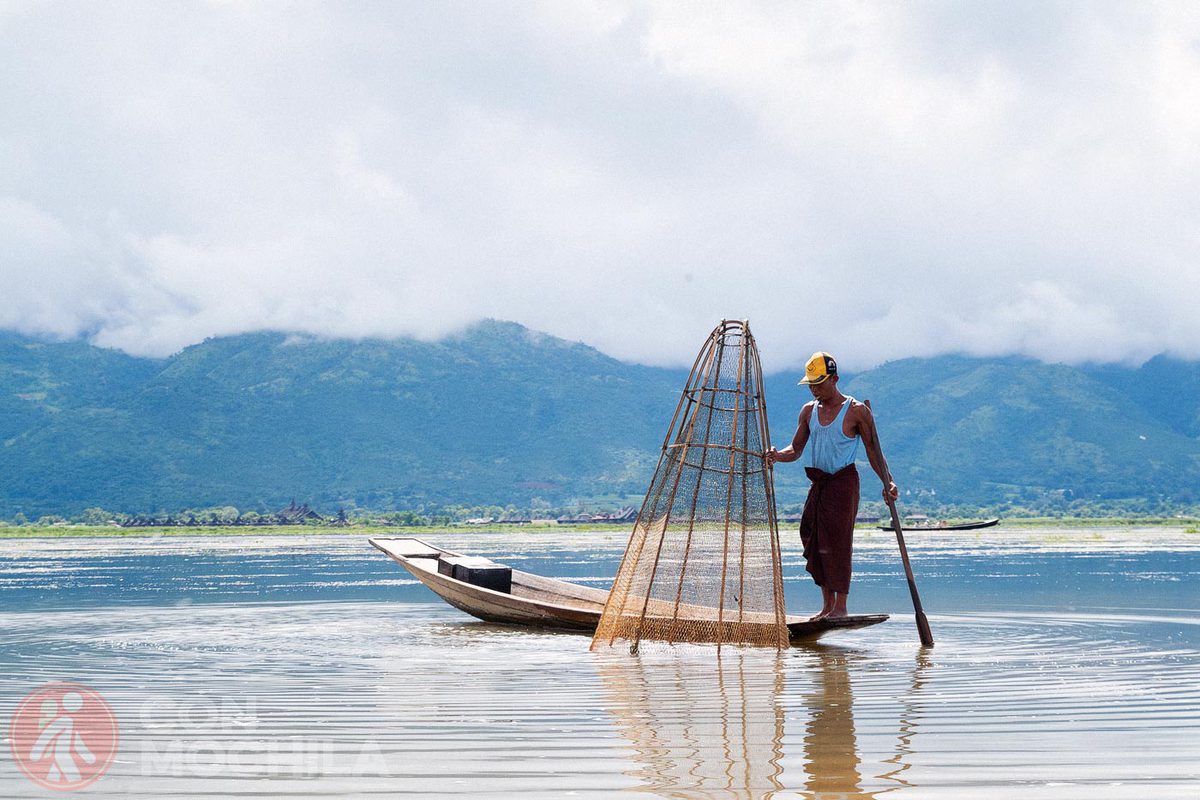
Our strategy was always to “book the first night and then find hotels as we go,” but as tourism has grown, so have the number of new hotels and “fully booked” signs, as well as new booking websites. The advantage now is that, with just a click, you have a wide selection of hotels and guesthouses to choose from before you even arrive at your destination.
We recommend using platforms like Booking.com or Agoda.com, which are very popular in Asian countries like Myanmar.
It’s worth mentioning that the range of accommodations in Myanmar is not as extensive as in other countries in the region, leading to relatively higher prices. A significant portion of your budget will likely go toward lodging.
We primarily used buses in Myanmar to travel between cities, with prices ranging from €5 to €10 per trip, depending on the distance. Renting a motorbike is another option, usually costing around €5 per day.
Are you planning your trip to Myanmar and wondering how much money you’ll need? While Myanmar is generally not an expensive country, accommodation costs can quickly add up. Below is an overview of key expenses to help you budget your trip:
Accommodation: We spent significantly more on accommodation in Myanmar than we had budgeted for any other trip, as the country doesn’t offer as many options as other destinations that are more backpacker-friendly. Consequently, prices are not as competitive. The cheapest place we found was a 4-square-meter hotel for two, with no bathroom or windows, costing €9. Standard prices, however, were around €20–25 for a double room with a bathroom, air conditioning, and breakfast included.
Food: Food prices vary greatly. At modest establishments like Nepalese or Indian restaurants, meals cost between €1 and €2.50. Dining at upscale restaurants, including a bottle of wine, can cost up to €28. For a typical Burmese meal with two courses and water at a local restaurant, expect to pay around €3–€5, though this can vary by location.
Activities: Only a few of Myanmar’s thousands of pagodas charge an entrance fee, and when they do, it’s often minimal or includes a small camera fee. The highest entrance fees were for Inle Lake (€9) and Bagan (€15 approximately).
Myanmar’s official currency is the Kyat (MMK), although US dollars are accepted in some places. It’s recommended to exchange money at currency exchange offices, as accessing ATMs has become increasingly unreliable.
We are the kind of travelers who like to read a book about the country we are visiting to gain a deeper understanding of its culture. With that in mind, we recommend a few books about Myanmar (coming soon) that will help you better understand this fascinating country, which was an English colony not so long ago.
Click on the image and it will take you to a new Google Maps window with all the points of interest to travel around Laos.